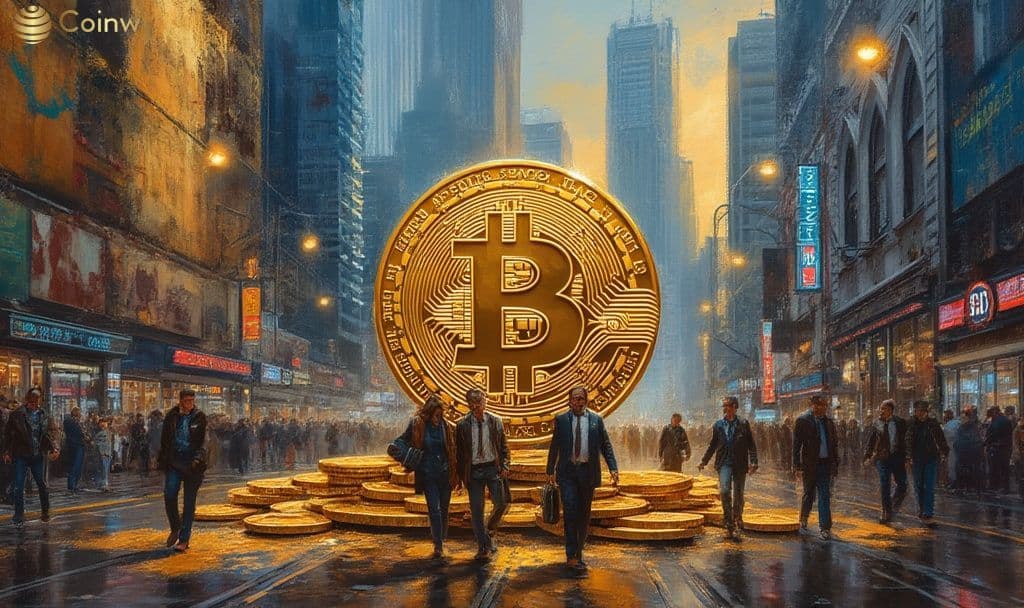- Bitcoin hits $122,000, driven by institutional and ETF inflows.
- 51% bullish sentiment observed on social media after the surge.
- Bitcoin is now the fifth-largest world asset by market cap.
Bitcoin surged to a record $122,000 on October 3, 2025, driven by ETF inflows, regulatory changes, and institutional demand, near its July all-time high, confirmed by Binance Market Data.
The surge underscores growing institutional interest and regulatory acceptance, boosting market confidence and potentially influencing other cryptocurrencies’ value.
Bitcoin has reached a new milestone, climbing to $122,000 on October 3, 2025, largely due to increased institutional demand and ETF inflows. This uptick marks a nearly complete return to its previous all-time high achieved in July. The surge in Bitcoin’s value is linked to key market and regulatory developments. Recent U.S. regulatory changes, including policies allowing Bitcoin in 401(k) plans, have contributed to the cryptocurrency’s price escalation.
“On Thursday, President Donald Trump signed an executive order instructing the Labor Department to work toward allowing 401(k) retirement plans to hold cryptocurrencies, private equity, and other alternative assets.” — Donald Trump, President, United States.
In the wake of Bitcoin’s surge, market activity has intensified, affecting related sectors and assets. Institutional interest in Bitcoin ETFs reflects significant capital flow into the cryptocurrency market. Financial implications include Bitcoin’s increasing institutional adoption, which may bolster its standing as a mainstream investment. Broader regulatory acceptance positions cryptocurrencies as viable assets for traditional portfolios.
This notable surge showcases Bitcoin’s growth trajectory in evolving financial ecosystems. Institutional interest, as indicated by ETF inflows, drives robust market participation, with potential regulatory endorsements accelerating this trend. As Bitcoin’s valuation climbs, it opens discussions on its implications for market dynamics. Historical trends suggest sustained demand can lead to further price stability, while regulatory shifts signal increasing mainstream acceptance.






